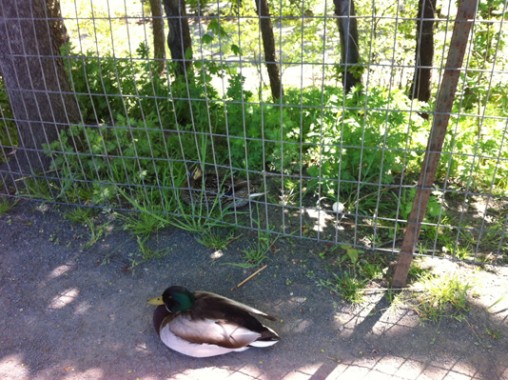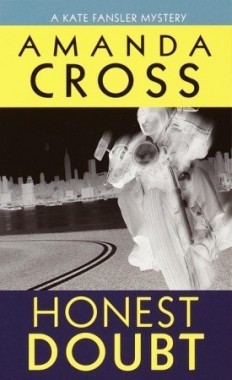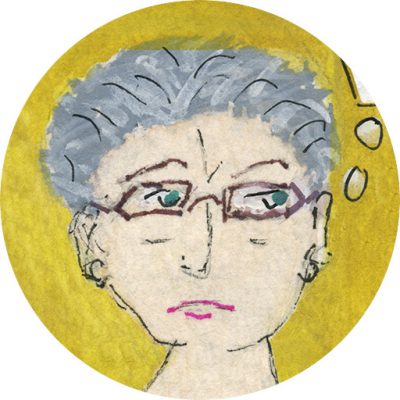
One morning last week when I was walking around the reservoir in Central Park with a friend we came upon these two ducks. The sight stopped us in our tracks. It was slightly odd to see a duck on the jogging track, but this tableau was indeed quite strange since there were two ducks and a single, solitary egg looking abandoned on the other side of the fence quite unattended. What were the ducks doing there? Were they incubating, or, great word, brooding? Why was the egg being neglected?
Based on my cursory reaserch in Wikipedia it might be that the green-headed, yellow-beaked duck was a male–males being more colorful–and the speckled duck, the female. Was the putative mother duck sitting on other eggs? Were these two even a pair? Ducks, according to the same source, are “generally monogamous, though these bonds generally last a single year only.” If my friend and I were to return next week, would the duo still be sitting there?
Walking home I realized that when I heard or used the expression “sitting duck” I never actually pictured a duck. Now, there’s no way I will ever use the expression again without seeing that particular duck sitting on the jogging path.
So much for ducks.
Ever since I’ve returned from Italy, I’ve been brooding, incubating an idea, a useful idea, I hope, about what I’ve been calling my friendship project. Sitting in my my aerie (aka my study) at the Bogliasco Foundation, I suddenly saw that I had entangled two strands of thought that should have been kept separate, or at least distinguished from each other. One line of thought has to do with the elegiac friendship memoir, understanding how it works as a subgenre: a narrative that tells the story of the dead friend. This would complete the collection of my essays on autobiography that I hope to bring out in the near future. The other has to do with elaborating a memoir of my own that will entail revisiting, as it were, my particular dead friends. Naturally, there is overlap in theme but the two projects will be quite different. The academic essays will present an argument about “horizontal” relations between people of the same generation, as distinct from the “vertical” relations with parents. The dead friends book will be a mixed form in which I won’t argue, but rather try to recreate a person, a historical moment, and, above all, a complex set of confusing emotions.
But am I working on either of these projected books, writing any part of them, even though I’m still (for a few more weeks) on sabbatical? No, I’m still incubating my ideas, a euphemistic way of saying that I’m procrastinating.
I’m not ready to write because I’m brooding. I’ve come to recognize that my “dead friends” are not completely dead to me. They live in my dreams, where they talk to me, sometimes in disturbing ways, and the dreams change, even challenge my memory–but not only in dreams. In my waking life conversations, events, books, also change my memory, shift my vision of the friend, or bring back forgotten episodes from the past with their baggage of feeling.
For example. Monday I went to a beautiful memorial service for the feminist editor Mary Thom, who died tragically in a motorcycle accident.
I did not know Mary very well, but I did know her, certainly enough to know how much her motorcycle meant to her, to the shape of her life. When I learned of her death, I immediately recalled that Mary had served as the inspiration for a character that my friend the writer Carolyn Heilbrun had created as Amanda Cross, in one of her detective novels, Honest Doubt.
 What I remembered was an argument Carolyn and I had had over dinner (sushi, to be precise), soon after the book came out, about the number of times the word “fat” emerged in relation to the first-person narrator of Honest Doubt known as “Woody,” a newly created fictional private investigator. At one point Woody talks to Kate Fansler–Amanda Cross’s gorgeous, pencil thin detective in the other novels–about what being fat means to her, especially as a P.I. “I guess I really wanted her to understand how I felt about this fat stuff,” Woody says. And she goes on to explain her attitude: “Being fat’s been a lot of use to me. You can believe that. It’s gotten me confidences I’d never have had otherwise. But I don’t see why thin has to be a qualification for looking down on others, the way white used to be. I’ve made it a kind of crusade.”
What I remembered was an argument Carolyn and I had had over dinner (sushi, to be precise), soon after the book came out, about the number of times the word “fat” emerged in relation to the first-person narrator of Honest Doubt known as “Woody,” a newly created fictional private investigator. At one point Woody talks to Kate Fansler–Amanda Cross’s gorgeous, pencil thin detective in the other novels–about what being fat means to her, especially as a P.I. “I guess I really wanted her to understand how I felt about this fat stuff,” Woody says. And she goes on to explain her attitude: “Being fat’s been a lot of use to me. You can believe that. It’s gotten me confidences I’d never have had otherwise. But I don’t see why thin has to be a qualification for looking down on others, the way white used to be. I’ve made it a kind of crusade.”
When I read this passage I couldn’t help thinking that Woody sounded almost exactly like Carolyn, who often talked and wrote what it meant to be a fat woman. It was one of her topics. When we discussed the book over dinner, I asked Carolyn why, if she didn’t mind being fat (which she always said she didn’t), did she bring it into the novel so repeatedly? Mildly irritated by my literary faux pas (confusing author with narrator), Carolyn answered that Woody was not a self-portrayal (duh, though Carolyn, of course, would not have said duh) but a fictional character, and if I really had to know, modeled on Mary Thom because she wanted her new detective to get around on a motorcycle, and Mary happened to be fat. The conversation came back to me very clearly when I read the news in the Times.
Toward the end of the memorial, when many friends of Mary had shared their memories, a journalist, Betsy Wade, described having made a trip with Mary Thom, Carolyn, and another woman, to a rugged setting somewhere on the West coast. She said that Mary Thom and Heilbrun, as Wade referred to her, chose not to climb the mountain they had come to climb, but rather to stay put at the bottom, walking and talking for hours (probably about Gloria Steinem whose biography Carolyn was writing at the time). When the novel came out, Wade said, she asked Carolyn whether Mary Thom was the model for Woody. Heilbrun waved her off, saying she couldn’t explain the creative process. That sounded very Carolyn.
I had not expected to hear the anecdote and it brought back vividly the conversations Carolyn and I had every week, almost until her death. We sometimes quarreled, but we both always came back for more.
The story sent me back to the novel, which was published in fall 2000. Carolyn killed herself almost exactly three years later in fall 2003. The book is inscribed to me and signed: Amanda. The inscription evokes our friendship in ways that I confess I took somewhat for granted then. The anecdote told at the memorial had to do with Mary, but what I heard was all about Carolyn. It was amusing and rang true: I could see Carolyn preferring to talk intimately rather than indulge in needless exertion as part of a group effort. But the effect of the story on me was not that: it was to return me to the painful conundrum of those last years, and what, as a friend then I missed, even as I miss her now.
